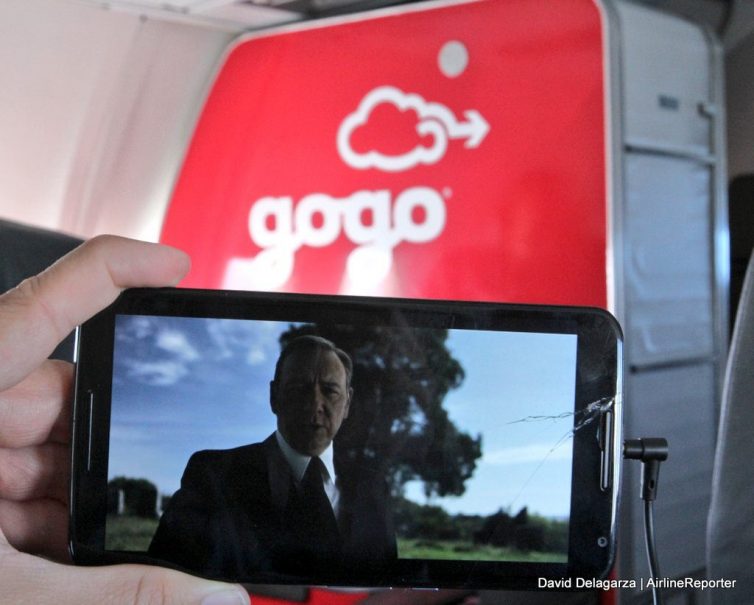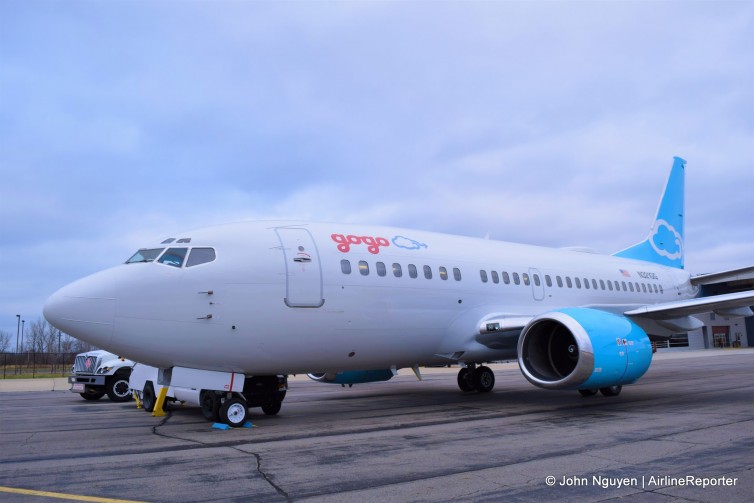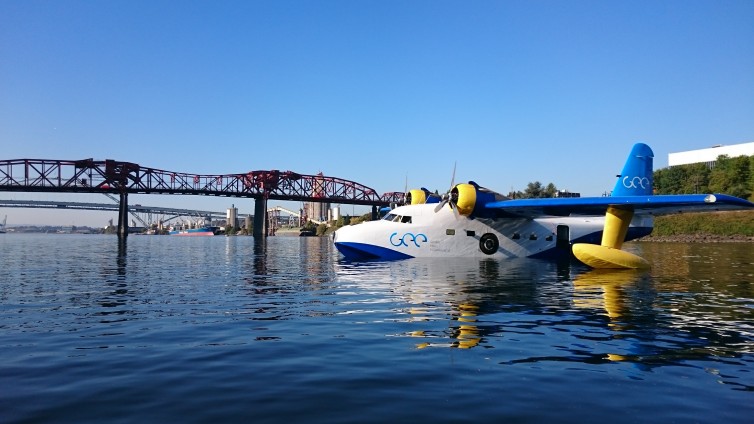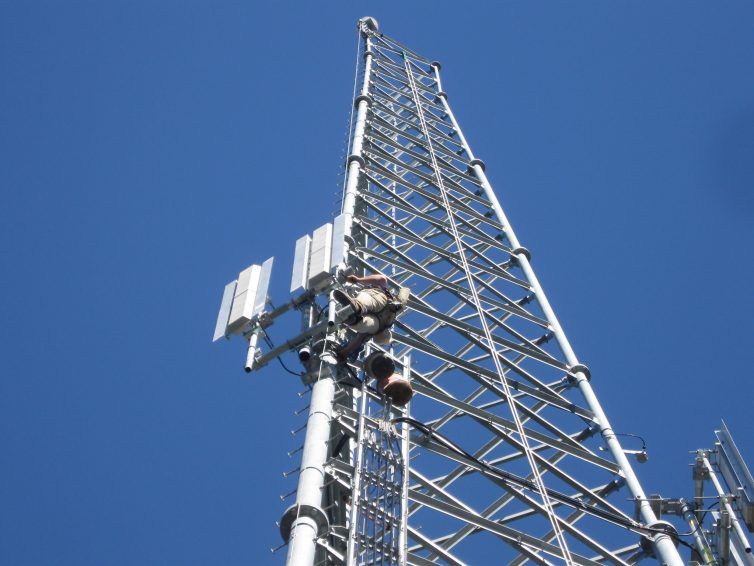
Hopefully live streaming content will be easier at 30,000 feet – Photo: AirlineReporter
In-flight WiFi quickly transitioned from a magical new technology that few people had any reason to use, to a near-ubiquitous amenity that passengers demand on every flight. A victim of its own success, in-flight WiFi is now often incredibly expensive and annoyingly slow. How did we get here, and what is being done about it?
When Gogo launched its air-to-ground network with American Airlines in August 2008, just one month after the iPhone 3G went on sale, most people probably didn’t have a data plan. Heck, most people didn’t even own a smartphone yet. Web use at the time was relatively light and didn’t require much bandwidth.
BONUS: Taking a Party Fight on Gogo’s Boeing 737
As more and more airlines installed the original Gogo ATG system, it became evident over time that the 3G connection shared by all passengers on board a flight was becoming impractical. Data demands grew exponentially year after year, but changes in the aerospace industry happen slowly and require lengthy regulatory approval processes. It would be years before Gogo could deploy something better.
%CODE1%
In 2012, Gogo launched ATG-4, an upgraded version of the original ATG network that tripled data speeds to 9.8 Mbps. ATG-4 is an improvement, but it still doesn’t support streaming video or other bandwidth intensive uses. It’s far from the experience you get at home. In September 2016, multiple airlines are still upgrading their hundreds of aircraft with the original ATG equipment to ATG-4, but it isn’t nearly enough. Gogo still has to charge insane prices to keep usage low so the connection works for the few who do pay for it.
So, what now? It’s time for Gogo to start from scratch, that’s what. Gogo has reached the maximum possible speeds for its original licensed network, so it is about to start building out an entirely new network using LTE and unlicensed spectrum. Gogo is claiming data speeds of over 100 Mbps, which is roughly 30x faster than ATG. For airlines already operating ATG-4, the upgrade can happen overnight and simply requires some equipment to be changed out. But with thousands of aircraft operating on the original ATG networks, it will take years to retrofit them all, and it won’t start until 2018.BONUS: In Flight WeeFee – So Complicated Very Satellite Much Dollars Wow

Gogo’s 737-500, N321GG a.k.a. the “Jimmy Ray.”
BONUS: Taking a Tour of Gogo’s Chicago Head Quarters

Global Eagle’s vintage 1952 Grumman Albatross test plane – Photo: Jason Rabinowitz.
Only time will tell if Gogo can stay ahead of the data demand curve, but this time it knows what battle it’s getting into. The demand for data is growing faster than anyone could have imagined in 2008, but the mission in 2016 is clear and Gogo knows it is far from the only game this time around.


Meanwhile, I streamed Netflix on a JetBlue flight from San Diego to Boston earlier this year without one single buffering instance. It was rock solid just as if I was sitting in my living room.
Pretty amazing, right? That has been my experience as well. JetBlue waited several years for that tech to launch while most other airlines went with Gogo’s ATG tech. Late to the party, but now they’re the frontrunner.
Both of Gogo’s new technologies should be able to do the same thing, though. And 2Ku isn’t limited to the continental US like JetBlue’s tech (ViaSat) is right now.
The cited speeds represent service for the ENTIRE airplane. That Mbps rate is divided by the number of active users on the plane so Your Mileage Will Vary. As Jason notes, the cost remains miserably high. I try it about once a year, had good results only once over ~8 years, so I Just Say No. Even the New & Improved Ku service is sluggish at best and the cost is just silly. If it is not overloaded, the airplane does not get a good signal, some critical piece of on-board hardware takes the day off and if one gets enough of a signal to sign on, there are No Refunds. A nice idea I guess, but one that went live long before it was ready. I can and do manage just fine without this horrible and very expensive service. No!! Is this simply my bad luck, or truly horrible service? I do not know and at this point, I don’t much care. -C.
Hey Cook. You’re right about Ku. Speeds are all over the place, but typically works better than Gogo ATG for me. But like you said, that system deems to be prone to failure quite easily. Refunds are up to the provider and airline, but generally most are pretty generous if you contact them.
Have you tried the Ka WiFi system that JetBlue and United (on 737s) use?
It’s pretty damn fast! I’ve streamed Netflix on entire transcon flights using that system and it didn’t cost me a cent on JetBlue.